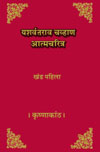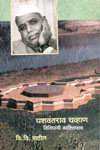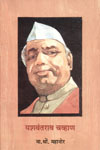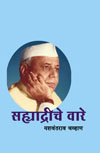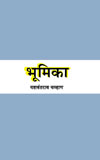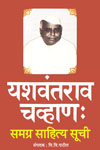Removal of Trade Barriers
That brings me to the second pillar of international co-operation namely, trade. What has been said about aid can also be said to apply to the field of international trade. Developing countries play a very small role in world trade, industry and technology. Prices of most commodities exported by developing countries remain either depressed or unstable. The import bills of most developing countries have increased to such an extent that even with a 100 per cent increase in export earnings there is no assurance that the imbalance will be corrected or even met half way. In spite of this, the bulk of the external resources of the developing countries accrue to them not through the process of aid but trade.
There is, therefore urgent need to take definitive and concerted action in international trade in commodities safeguarding the interests of both the importing and the exporting developing countries. Several schemes have been elaborated, and one amongst them is the integrated approach to commodities. Political agreement on the basic elements of the integrated programme is imperative so that agreement on the technical details can be reached next year in Nairobi. The idea is neither new nor revolutionary, having at least been partially applied in an agreement between some developing countries and the European Economic Community. An agreement on the application to all developing countries of the five basic elements of the programme — stocking mechanisms, a common financing fund. a system of multilateral commitments, a liberal compensatory finance mechanism, and a new approach towards processing and diversification—would enable UNCTAD IV to work out the technical details. Special attention should be paid to the weaker commodities.
Besides the question of commodities, which is being studied in great detail, there is the equally important question of trade in manufactured and semi-manufactured goods. The multilateral trade negotiations that are taking place under the auspices of GATT show very little sign of progress. There is need, therefore, to have a more managed approach to the problem of trade in manufactured goods which would deal not only with the removal of trade barriers, both tariff and non-tariff, but also with the question of supply and production, marketing and distribution. Furthermore, while the application of the generalized system of preferences (GSP) by developed countries is a welcome step, it is crucial that the commodity coverage of these schemes should be extended, that the depth of tariff cuts be increased, and that there be relaxation of non-tariff barriers.

